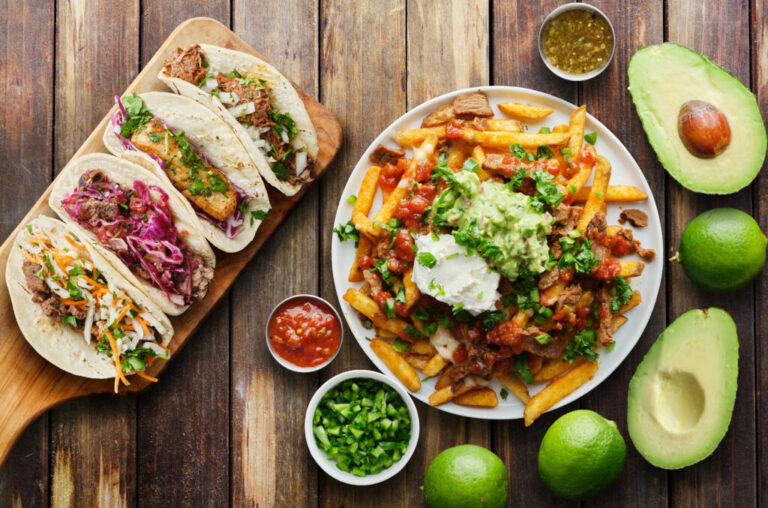Introduction: Street Food in Tuvalu
Street food is a popular and affordable option for Tuvaluans, as well as tourists visiting the small island nation. The streets of Tuvalu are filled with vendors selling a variety of delicious and unique offerings. From grilled fish to coconut bread, there is something for everyone. However, the safety of street food in Tuvalu is a concern for many.
Understanding Food Safety in Tuvalu
Tuvalu is a small island nation with limited resources, and this extends to the food industry. While there are regulations in place, they are not always enforced. Additionally, the hot and humid climate can make it difficult to keep food at safe temperatures. This can lead to the growth of harmful bacteria and other pathogens that can cause foodborne illness.
Common Street Food in Tuvalu
Some of the most popular street foods in Tuvalu include grilled fish, coconut bread, and taro chips. Grilled fish is usually served with a side of rice and some vegetables. Coconut bread is a sweet and fluffy bread made with coconut milk and flour. Taro chips are thinly sliced taro that is fried until crispy.
Risks Associated with Eating Street Food
Eating street food in Tuvalu comes with some inherent risks. The lack of proper food safety regulations and enforcement can lead to the growth of harmful bacteria and other pathogens. Additionally, the hot and humid climate can make it difficult to keep food at safe temperatures. There is also the risk of cross-contamination, as vendors often prepare multiple dishes in the same area.
Staying Safe While Eating Street Food
To stay safe while eating street food in Tuvalu, there are several precautions that can be taken. It is important to only eat from vendors who are using clean utensils and who are handling food properly. Avoid street vendors who have visibly questionable hygiene practices. Additionally, it is important to only eat food that is cooked thoroughly and served hot. Lastly, keep in mind that the best way to stay safe while eating street food is to ensure you have a strong immune system.
Conclusion: Is Street Food Safe in Tuvalu?
Street food in Tuvalu can be safe to eat if proper precautions are taken. While there are some inherent risks associated with street food, these can be mitigated with careful consideration of the food vendors and the food itself. With a little bit of caution, visitors to Tuvalu can enjoy the unique and delicious street food offerings without worrying about getting sick.













